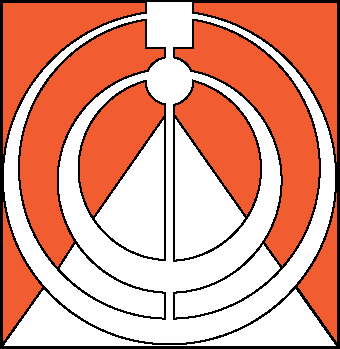“It Gets Easier”: A Teacher’s Notes from the Trenches
Thursday, February 15, 2018
It gets easier.
Even after two summers of writing with the MiSTAR team, I found my first pilot experience teaching a MiSTAR unit last year to be exhausting. My kids were thriving, and I was excited. It was science teaching like you’ve always known it’s meant to be. And it was exhausting. Like first-year-teacher exhausting. How could I keep up this pace?
But after running through a couple of pilots back to back last year, I launched two different MiSTAR units simultaneously this October: one in my sixth grade classes, and one in my eighth grade honors class. Two, at one time! And here it is, December. We’re wrapping up. And I haven’t just survived, but I’ve found that I can really see myself doing this long term, on a big scale. In fact, I can’t see myself ever going back. Indeed, it gets easier.
Teaching MiSTAR units the first time is very difficult. The content might be new to you, the modified 5E structure of the lessons might be new as well. Certainly using phenomena and storylines is new. And then there are bubble maps, and unit summary tables, and a Gotta Have Checklist and embedded assessments and Check Your Progresses . . . and you feel like your head might explode . . . especially if you’re not already proficient at Google Docs. Oh yeah…and don’t tell kids they’re right. Use Talk Moves and probing questions to help them discover for themselves . . . everything you’re doing is 100 percent new, 100 percent of the time. It is exhausting.
And then it gets easier.
In the last few weeks, it’s occurred to me that I’m not so exhausted. That it’s really working. My kids are learning. I’m seeing their growth in the Check Your Progress and embedded assessments, which are written in different contexts and seemed far too difficult, even unfair, at first. Even my at-risk kids, who underperform in other classes, are learning and growing. My kids can do this.
And my kids are engaged. They say things like, “Is it already time to go? This class went by fast!” And for me, time is flying too. But I’m not nearly as frazzled. I don’t forget major parts of the lesson any more, because I’ve internalized the pattern. I’ve learned to play up the Anchor to generate the questions. Most of the time, I remember not to immediately affirm, but instead asking those probing questions in the Uncover and Share. I’m learning to remind kids of the relationships between what we’re learning, and the problem we’re trying to solve—not just during Connect, but throughout the lessons.
I’m not a master yet, but I’m improving. After two or three times through, I have a good handle on systems models, and criteria and constraints, and claim, evidence, reasoning is making more sense. I’m finally understanding the value of bubble maps and selling kids on the idea that they’re driving their own learning. About half of what I need to do every day is now automatic and intuitive. My kids are learning. And they like it.
There are patterns and structure in Mi-STAR units, and the system really works. The entire curriculum design is logical and scientific, and often, there’s downright genius engineered into it.
It just takes slogging through a few units to see the beauty of the forest without worrying about what’s behind every tree.
It gets easier.
Hang in there, and Mi-STAR will remind you of why you wanted to be a teacher in the first place.
I promise.
Christine Geerer teaches science at Parcells Middle School in the Grosse Pointe Public School System.
GET Mi-STAR NEWS BY E-MAIL!
Copyright © 2024 Mi-STAR
Mi-STAR was founded in 2015 through generous support provided by the Herbert H. and Grace A. Dow Foundation. Mi-STAR has also received substantial support from the National Science Foundation, the MiSTEM Advisory Council through the Michigan Department of Education, and Michigan Technological University.


















